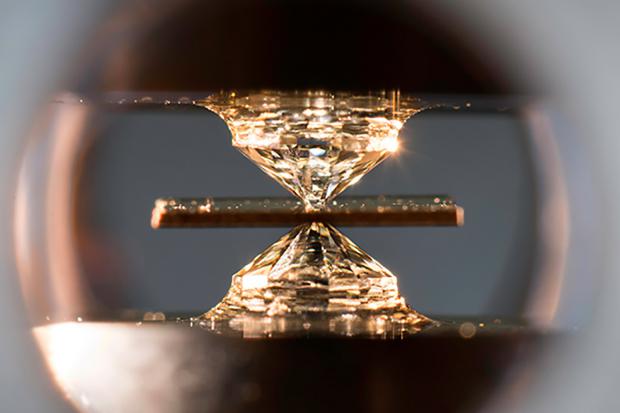
Breaking News
 Harbor Freight Coverpro 12x20 made into a Metal Building part 2
Harbor Freight Coverpro 12x20 made into a Metal Building part 2
 Brian Cole BUSTED, Halle Berry NUKES Newsom + Candace REJECTS TPUSA Challenge...
Brian Cole BUSTED, Halle Berry NUKES Newsom + Candace REJECTS TPUSA Challenge...
 I spent my Thanksgiving in the emergency rom... Medical emergencies can pop up at any time.
I spent my Thanksgiving in the emergency rom... Medical emergencies can pop up at any time.
 The "Golden Age" of Job Layoffs?
The "Golden Age" of Job Layoffs?
Top Tech News
 Build a Greenhouse HEATER that Lasts 10-15 DAYS!
Build a Greenhouse HEATER that Lasts 10-15 DAYS!
 Look at the genius idea he came up with using this tank that nobody wanted
Look at the genius idea he came up with using this tank that nobody wanted
 Latest Comet 3I Atlas Anomolies Like the Impossible 600,000 Mile Long Sunward Tail
Latest Comet 3I Atlas Anomolies Like the Impossible 600,000 Mile Long Sunward Tail
 Tesla Just Opened Its Biggest Supercharger Station Ever--And It's Powered By Solar And Batteries
Tesla Just Opened Its Biggest Supercharger Station Ever--And It's Powered By Solar And Batteries
 Your body already knows how to regrow limbs. We just haven't figured out how to turn it on yet.
Your body already knows how to regrow limbs. We just haven't figured out how to turn it on yet.
 We've wiretapped the gut-brain hotline to decode signals driving disease
We've wiretapped the gut-brain hotline to decode signals driving disease
 3D-printable concrete alternative hardens in three days, not four weeks
3D-printable concrete alternative hardens in three days, not four weeks
 Could satellite-beaming planes and airships make SpaceX's Starlink obsolete?
Could satellite-beaming planes and airships make SpaceX's Starlink obsolete?
China Room Temperature Superconductor Researcher Had Experiments to Refute Critics

The chinese researchers have been online discussing their room temperature superconducting research and the challenges of the materials.
Here are the issues discussed.
* the current of their material is too small, it is almost impossible to stabilize it.
* what kind of sample this is? It's just a pile of powder, simply pressed into pieces with a mold, and broken into pieces with just a light break. Mr. Guan didn't even dare to touch the silver glue, so he simply pressed a few pieces of indium wire and started testing. Under these experimental conditions, the conductivity is close to that of ordinary graphite, which is shocking in itself.
To make a good conductive film in industry, it has to be repeatedly purified, polished and flattened. Mr Dai now soaks it in water, takes it out and presses it and then measures it. There is not even a tempering and sintering process. They designed this specifically for a one-dimensional system but the my one-dimensional theory is almost ruined.
Nextbigfuture thinks they are saying that the material is not a one-dimensional superconductor as previously believed.
* And they now estimate the resistivity based on the thickness of the entire block. He also tried to point electrodes between the top and bottom of the block, but the effect was not satisfactory. It is very likely that the actual conductive channels are only concentrated near the surface of the sample, which means that the actual resistivity is much smaller than what we currently estimate.

 First totally synthetic human brain model has been realized
First totally synthetic human brain model has been realized Mach-23 potato gun to shoot satellites into space
Mach-23 potato gun to shoot satellites into space

